I am trying to add a line of code in VBA that will ask if the range has a value of HP-1 to then to make it 16 GA. else, it needs to be 26 GA. Currently code just converts everything to 26 GA.
Sheets("TRIM").Select
Range("D13").Select
Do Until ActiveCell.Offset(0, -1).Value = ""
If ActiveCell.Value <> "" Then
ActiveCell.Value = "26 GA."
End If
ActiveCell.Offset(1, 0).Select
Loop EndIf
So I need to add in something that will do the HP-1 condition...I did try to make an Else statement but getting NO compile errors but getting this one.
this error has nothing to do with 32bit/64 bit as we are all still using 32bit Excel with 32bit VBA codeI'm sure it is pretty easy but can't seem to get the syntax down... Any suggestions?
This is the original function in total...


